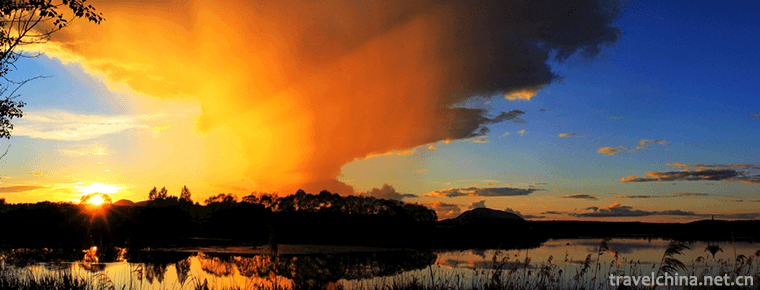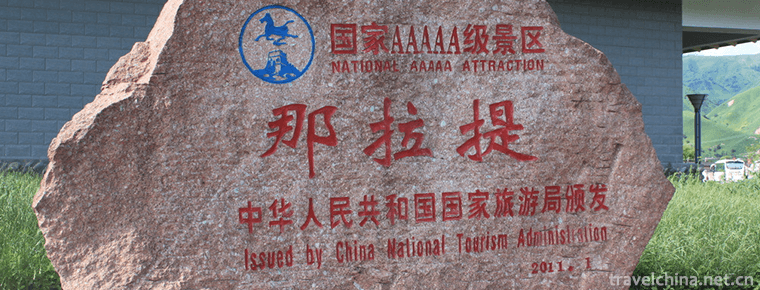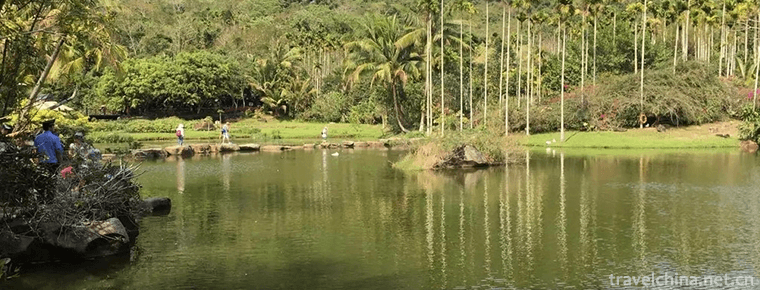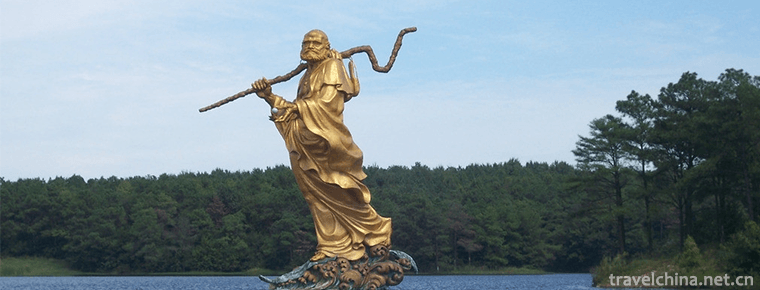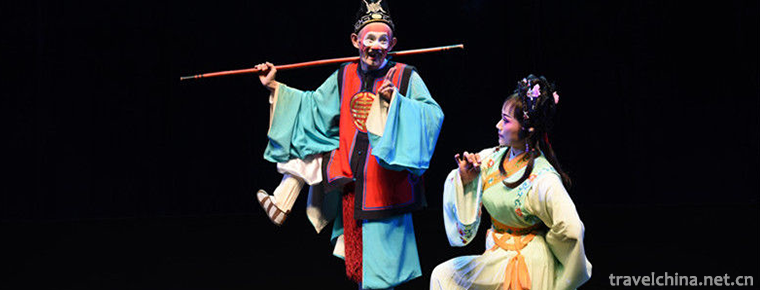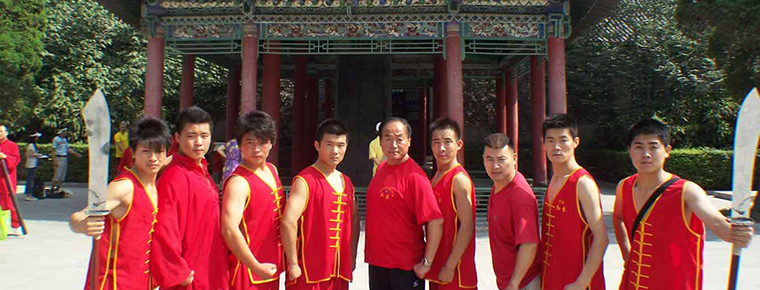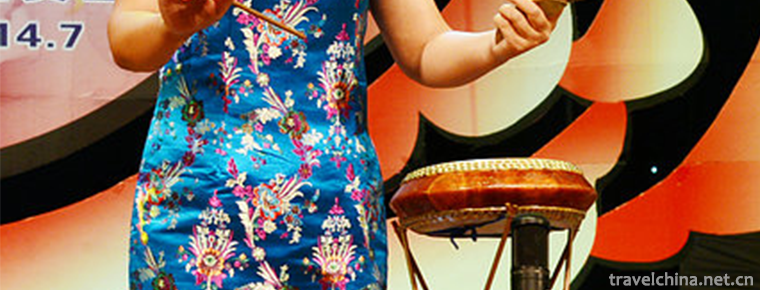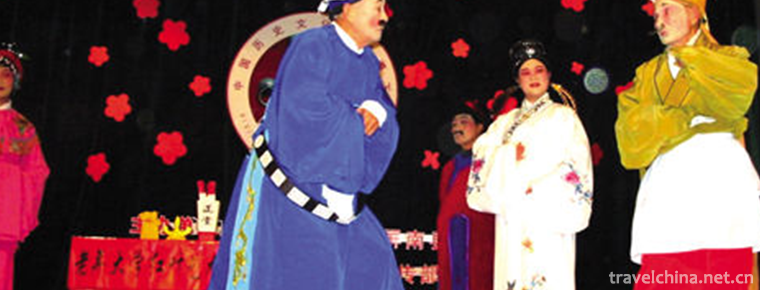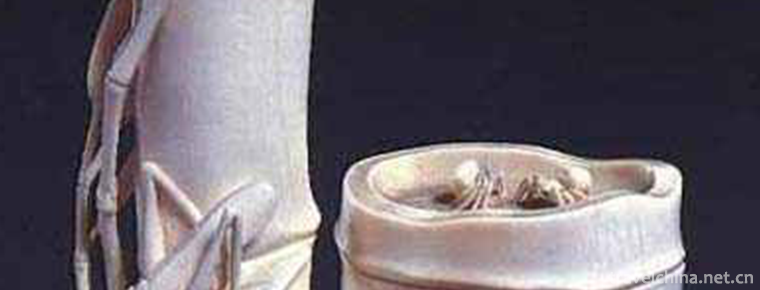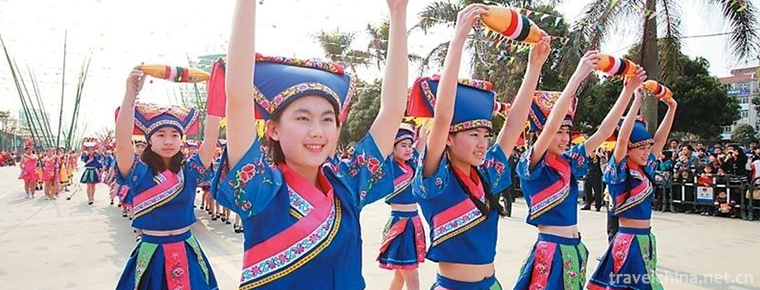The technical skill of penjing
The technical skill of penjing
Bonsai art refers to the Soviet bonsai art, which originated in the Tang Dynasty, flourished in the Ming Dynasty, matured in the Qing Dynasty, and developed in modern times. Since the 1980s, Suzhou Bonsai has won many awards in exhibitions at home and abroad.
Bonsai is one of the traditional Chinese arts with a long history. Bonsai production often takes several years or decades to create. It is undoubtedly the desire of bonsai enthusiasts and producers to create a good-looking wound in a relatively short time.
In 2011, it was selected as the third batch of national intangible cultural heritage list.
Historical Origin
Bonsai art refers to the Soviet bonsai art, which originated in the Tang Dynasty, flourished in the Ming Dynasty, matured in the Qing Dynasty, and developed in modern times. Since the 1980s, Suzhou Bonsai has won many awards in exhibitions at home and abroad.
Bonsai is a combination of planting plants in a vessel, decorating mountains and rocks, etc., to show a kind of artistic conception of nature, and to see the changes of the four seasons.
Skill Tips
Branches are straight and curved.
Sparse places can walk horses, close places can not be ventilated.
One branch sees twists and turns, two branches are long or short, three branches are scattered, many branches are exposed and hidden.
The straight position should be hidden but not exposed, and the straight position should be exposed and not hidden.
Plum-blossom bonsai would rather bend than straighten.
Bonsai is a silent poem, three-dimensional painting and living sculpture.
On the day of Jingcheng, the achievements will last for ten years! ___________
If you are not afraid of cutting wrong branches, you are afraid of standing in wrong places.
Store up skills and cut off dryness. Zhangshan, Chishu, inch horse, divide people. There are no trees in the distant mountains.
Creation is a wonderful painter, and the terrain is very close to the sky.
Jiaolong has 30,000 hectares and 12 peaks in rain and cloud.
Seats make people vulgar, leisure to act as a fresh breeze.
Drunken Dream in the Leaf of the River and Lake
Go strong and leave weak; go coarse and leave thin.
The trial should be accurate and the verdict should be ruthless.
Rugao bonsai, looking left and right at two and a half bends, clouds, rain feet, beauty waist.
If you don't pour it, it will penetrate.
Dry and wet, thin fertilizer and diligent application;
Scenic trees have no roots, like cutting wooden pavilions at the top, potted landscape feet.
Spring wiping ectopic buds,
Cut strong and weak branches in summer.
In autumn, topdressing should be done.
Cut the branches in winter.
Note: This is a part of Potted Landscape Skills Tips. See Resources for more information
Inheritance Significance
After thousands of years of inheritance, Chinese bonsai art has experienced many natural disasters and social turbulence, and has finally become an important part of Chinese and Eastern culture. Further implement the working principle of "protection first, rescue first, rational utilization, inheritance and development", conscientiously do a good job in the protection and management of intangible cultural heritage, and make new contributions to the promotion of Chinese culture and the great development and prosperity of socialist culture.
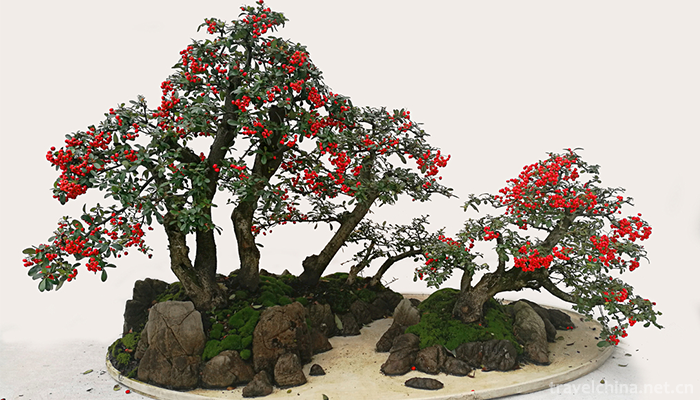
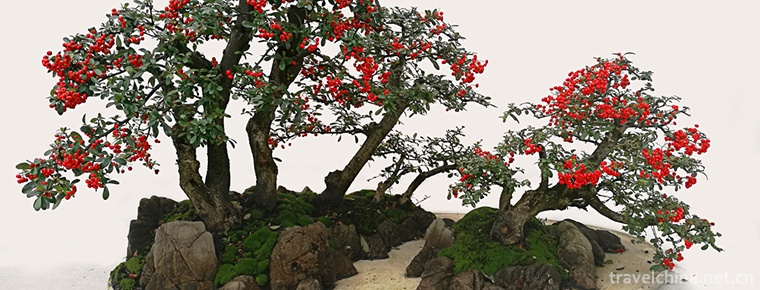
The technical skill of penjing
-
The Wudalianchi Scenic Area
Wudalianchi Scenic Spot: National AAAAA Scenic Spot, World Geological Park, World Human and Biosphere Reserve, International Green List
Views: 205 Time 2018-12-05 -
Narati Scenic Spot
Narati Tourist Scenic Area, located in Xinyuan County, Xinjiang, is located in the hinterland of Tianshan Mountains, the eastern end of the Ili Valley
Views: 157 Time 2018-12-12 -
Yanoda Tropical Rainforest Scenic Area
Yanuoda Tropical Rainforest Scenic Area is the only tropical rainforest located at 18 degrees north latitude in China. It is the concentration of five tropical rainforests in Hainan Island
Views: 137 Time 2018-12-12 -
Daishan Lake
Daishan Lake is located in the ancient town of Feidong County, Hefei City, Anhui Province. Daishan Lake has a subtropical climate, warm and humid, with an average annual temperature of 15.7 degrees Ce
Views: 232 Time 2019-01-08 -
Gao Jia Opera
Gaojia Opera, a local traditional drama in Quanzhou City, Fujian Province, is one of the national intangible cultural heritage.
Views: 171 Time 2019-04-30 -
Red boxing
Red boxing originated in Zhou and Qin Dynasties, became famous in Tang and Song Dynasties and prevailed in Ming and Qing Dynasties. It is an important link
Views: 194 Time 2019-05-03 -
Leting drum
Music Pavilion Drum is a representative form of traditional music drum book and drum music in northern China. It is widely spread in eastern Hebei, Beijing, Tianjin and northeastern Liaoning, Jilin, H
Views: 297 Time 2019-05-11 -
Ping Tan drama
Pingjiao Opera is a kind of high-pitched opera that sings opera and prose in local dialect. It is a unique local opera in Fujian Province. It was formed in the early Qing Dynasty, originated in Pingna
Views: 134 Time 2019-06-09 -
ivory carving
Ivory carving refers to the carving process and its products with ivory as the material. It is an ancient Chinese traditional art, folk arts and crafts. Ivory is the strongest part of an elephant. It
Views: 123 Time 2019-07-06 -
Song pool of the Zhuang nationality
Song pool of the Zhuang nationality is a form of Festival gathering and singing activities held by the masses of the Zhuang nationality at a specific time and place.
Views: 312 Time 2019-08-16 -
Neijiang population
By the end of 2019, the total population of Neijiang's household registration was 4 million 81 thousand and 800, a decrease of 35 thousand and 900 from the end of last year, of which 2 million 103 thousand and 400 were male and 19 thousand were reduced
Views: 356 Time 2020-12-16 -
Leshan population
By the end of 2018, the total number of household registration in Leshan was 1 million 269 thousand and 500, and the household registration population was 3 million 506 thousand and 800. Among them, 1 million 290 thousand and 600 were urban household registration
Views: 396 Time 2020-12-17
